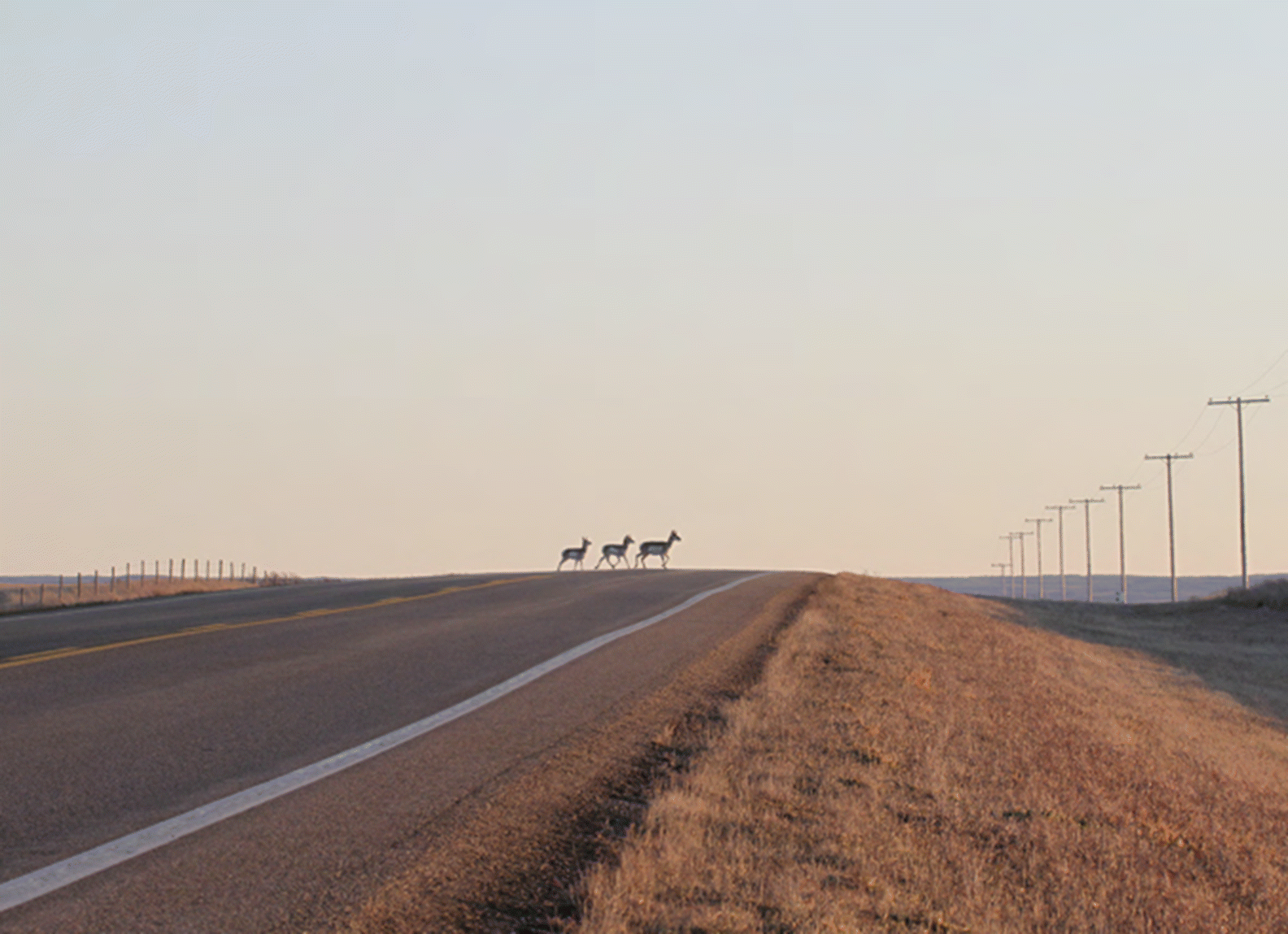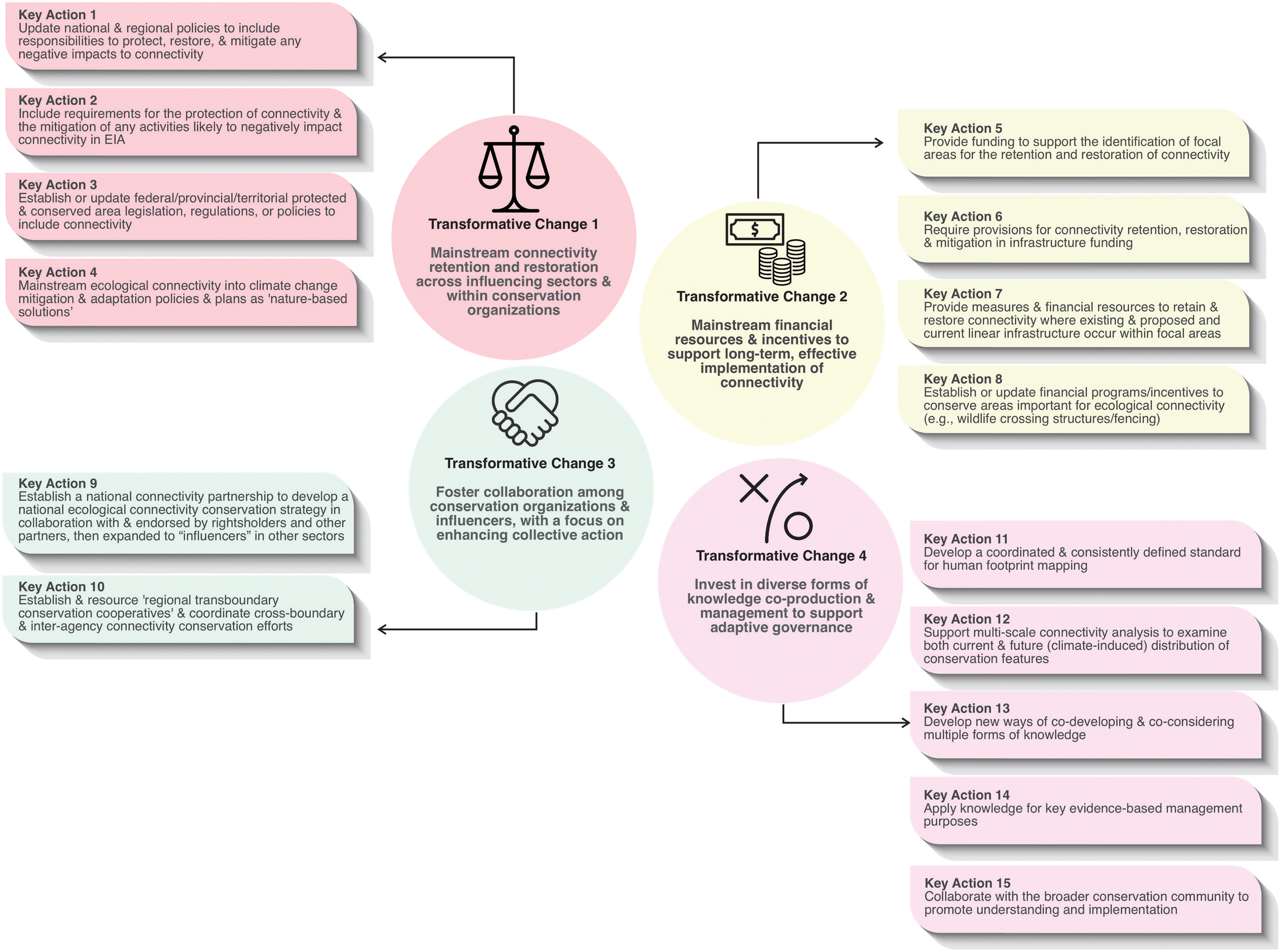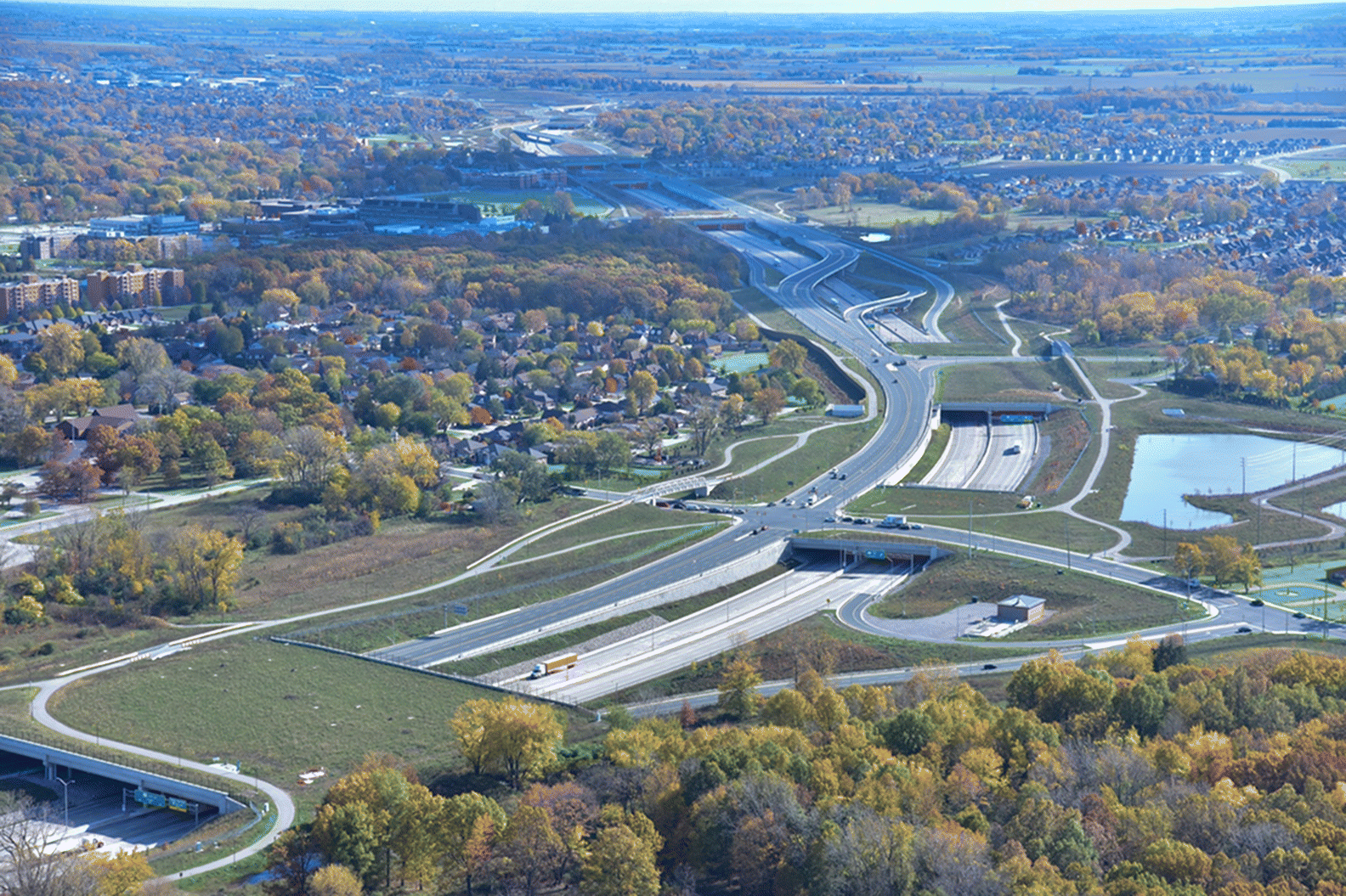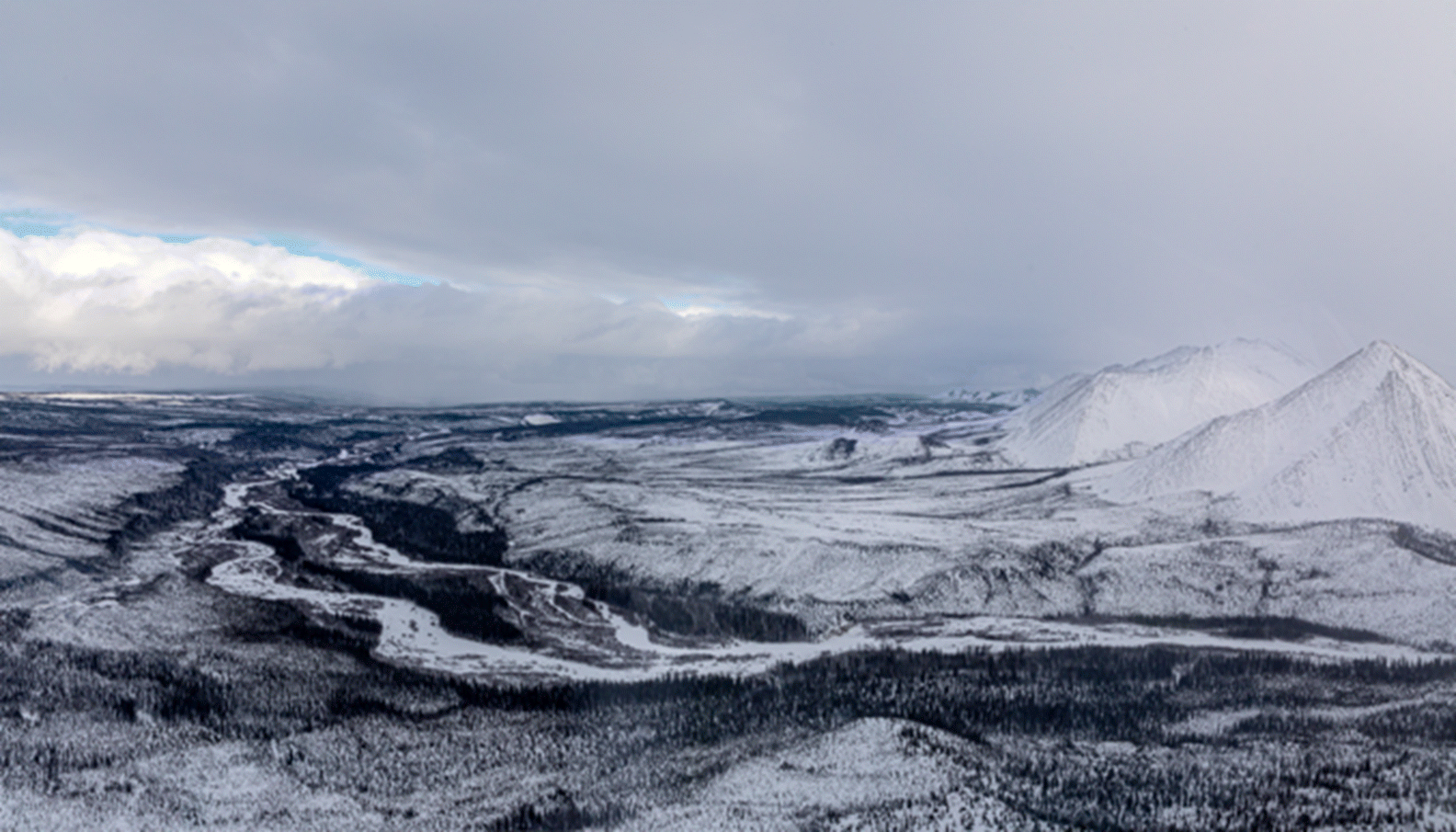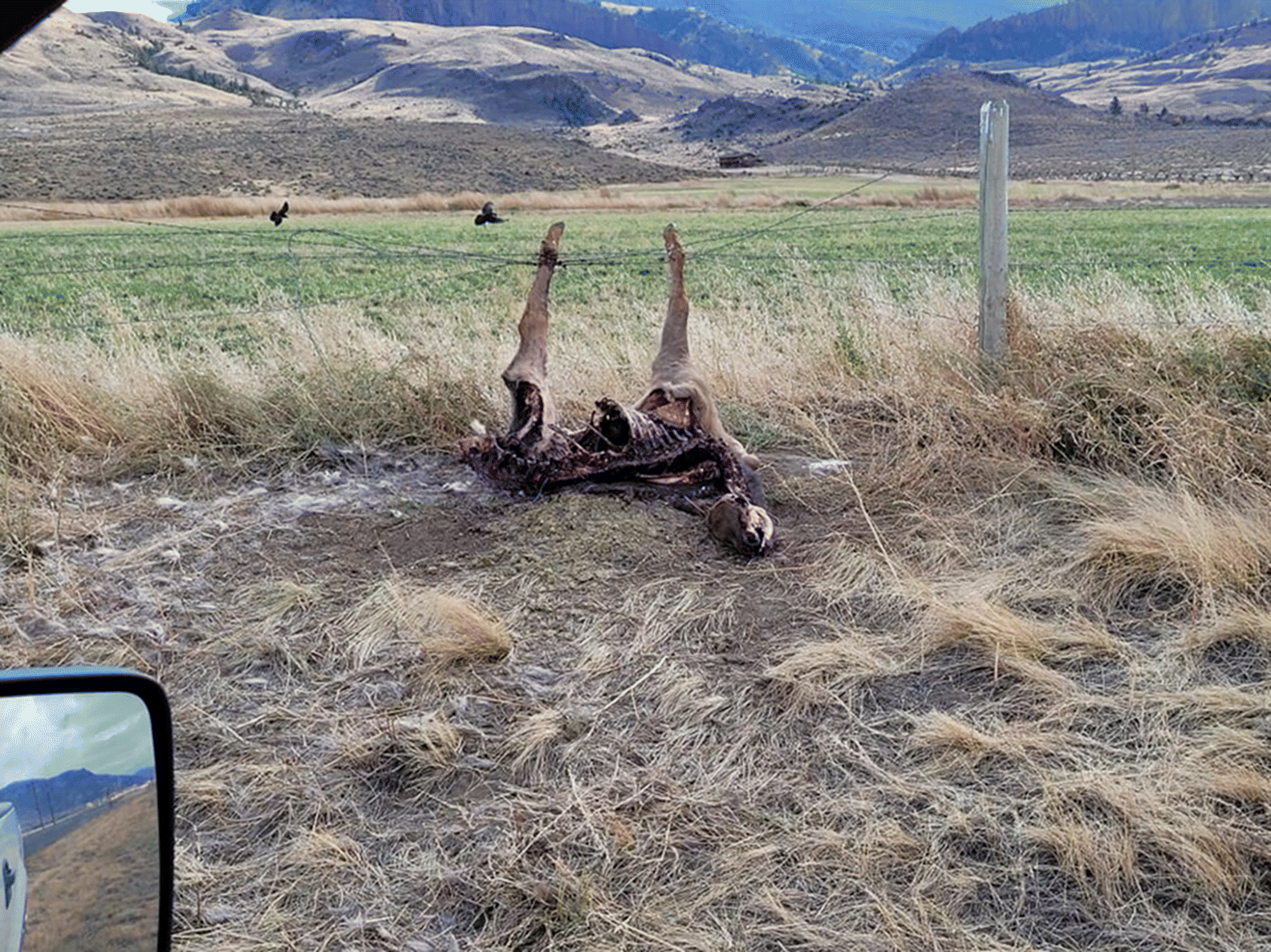Introduction
In 1993, the United Nations (UN) Convention on Biological Diversity (CBD) entered into force. It is the international legal instrument for “the conservation of biological diversity, the sustainable use of the components of biodiversity, and the fair and equitable sharing of the benefits arising out of the utilization of genetic resources” (
CBD n.d.a). There are 196 Parties to the CBD, comprising the European Union and 195 nation states, including Canada, which have ratified the treaty (
CBD n.d.b). In 2010, the CBD adopted a 10-year strategic plan for biodiversity that included 20 Aichi Biodiversity Targets (
CBD 2010). Target 11 recognized that to abate further biodiversity loss and achieve its 2050 vision of “living in harmony with nature” it was necessary for Parties to the CBD to expand the area of “well connected” systems of protected areas and other effective area-based conservation measures (OECMs).
Ecological connectivity, defined as “the unimpeded movement of species and the flow of natural processes that sustain life on Earth” (
Convention on Migratory Species (CMS) 2020), is fundamental to retaining ecological processes across all ecosystems, promoting both persistence and resilience of biodiversity through the dispersal of species across populations, communities, and ecosystems (
Baldwin et al. 2018;
Oppler et al. 2021). Connectivity is also necessary to support climate change mitigation and adaptation, allowing species and ecosystems to respond with range shifts (
Littlefield et al. 2019).
Despite the recognized importance of connectivity to the long-term persistence of biodiversity, there was little progress toward achieving the connectivity element of Target 11 (
Gannon et al. 2019;
Maxwell et al. 2020). The Protected Planet Report 2020, which provided the final report on the status of Target 11 as per the CBD’s Strategic Plan for Biodiversity 2011–2020, revealed that while 17% of the world’s terrestrial surface is considered protected, only 7% is both protected and connected, falling well short of the target (
UNEP-WCMC IUCN and NGS 2021). Recently,
Brennan et al. (2022) have shown that the most globally important areas for mammal movement remain unprotected, with 71% of these overlapping with global biodiversity priority areas.
A new Post-2020 Global Biodiversity Framework (hereafter, the Post-2020 GBF) is being negotiated and will be finalized at the fifteenth meeting of the Conference of the Parties (COP) to the CBD in Kunming, China, in 2022. The significantly elevated profile of connectivity is evident throughout the overarching 2050 Goals and 2030 Milestones included in its first draft. To achieve the goals will require nothing short of transformational change across technological, economic, and social systems (
Open-Ended Working Group on the Post-2020 GBF 2021). A clearer picture of what will be required to implement effective ecological connectivity will help governments around the world to deliver on these unprecedented and ambitious conservation commitments.
Nations such as Canada, Russia, Brazil, the Democratic Republic of Congo, Peru, and the United States have globally significant connectivity conservation contexts, harbouring both some of the planet’s most intact and most altered ecosystems (
Venter et al. 2016;
Carroll and Ray 2020;
Reid and Lovejoy 2021;
Allan et al. 2022). They are in unique positions to further their efforts and contribute to the global challenges of abating biodiversity loss and supporting climate change mitigation through more effective mainstreaming of connectivity. Brazil and the Democratic Republic of Congo had the largest losses of primary tropical forest in 2020 (
Weisse and Goldman n.d.). In Canada, the boreal forest region is experiencing significant forest loss from mining and forestry activities, as well as fires resulting from anthropogenic climate change (
Watson et al. 2016;
Hirsh-Pearson et al. 2022). While much of northern Canada includes large, intact, and carbon-rich areas (
Venter et al. 2016;
Carroll and Ray 2020) that are
de facto connected by virtue of its relatively undisturbed land cover at present (
Robertson et al. 2017), there are no measures to keep it that way, and the northward expansion of mining, energy development, forestry, tourism, and associated roads is already evident (
Watson et al. 2016;
Hirsh-Pearson et al. 2022). In fact, a recent study by
Allan et al. (2022) revealed that 84% of Canada should be targeted for protection to safeguard biodiversity against future habitat conversion, largely because of the nation’s extensive ecologically intact areas. In contrast, southern and eastern regions of Canada have been heavily altered by urban, industrial, and agricultural land uses, and many protected and conserved areas are isolated (
Hirsh-Pearson et al. 2022). Despite commitments by the federal government to protect 25% of land and marine area by 2025 and 30% by 2030 (
Trudeau 2019), much of Canada remains subject to ongoing tensions between conservation and development, with many threats to biodiversity intensifying in recent years (
World Wildlife Fund (WWF)-Canada 2020).
Consequently, there is a strong need to protect intact and connected areas in Canada and similar nations from increasing pressures and to restore degraded areas to help conserve biodiversity and ecosystem services. At the same time, recognitions of the rights of Indigenous Peoples to govern and steward their territories, including within protected and conserved areas, have increased substantially both globally and within Canada (
The Truth and Reconciliation Commission of Canada 2015;
Indigenous Circle of Experts (ICE) 2018;
Tran et al. 2020). Most of the world’s remaining intact ecosystems are Indigenous lands (
Garnett et al. 2018), and there is a need to understand approaches to support the full and effective participation of Indigenous Peoples in the implementation of the CBD and its Post-2020 GBF (
Zurba et al. 2019). This includes recognizing the interdependence between ecological and social connectivity for food, travel, and lifeways and biocultural integrity that are reflective of Indigenous worldviews, natural laws, and stewardship practices (
M’sit No’kmaq et al. 2021).
Within this context, we detail the key challenges related to the ecological connectivity goals and targets included in the Post-2020 GBF. We then present four transformative changes and 15 key actions necessary to enable concerted action focused on effective and equitable conservation outcomes that can meaningfully reverse worsening trends for biodiversity. Ultimately, our aim is to highlight the ways in which evidence-based connectivity conservation can become more mainstreamed by means of developing or revising legislation and policy, providing incentives to retain and restore connectivity, and implementing disincentives for activities that degrade or ignore connectivity in decision-making processes related to conservation (e.g., parks and protected areas, wildlife management) and other influencing sectors (e.g., agriculture, infrastructure development, forestry, energy, mining, recreation). While the interrelated transformations and actions we propose focus on enabling implementation of connectivity conservation in the Canadian policy and management context, the challenges are not unique to Canada. Therefore, the suggested transformative changes and key actions may be considered by other Parties to the CBD working to address conservation challenges within their own unique ecological and socioeconomic contexts.
Key challenges
Human pressures on ecosystems are having profound implications for the planet’s biodiversity through extraction of natural resources, the expansion of infrastructures, and conversion of habitat to production-oriented land uses (
Kareiva et al. 2007;
Venter et al. 2016). It has been estimated that 75% the planet’s land surface is experiencing measurable human pressures, and human pressures on ecosystems remain intense, widespread, and rapidly intensifying in many regions (
Venter et al. 2016). Although the overall global quantitative component of Target 11 to protect at least 17% terrestrial and inland water areas was met at a global level, progress is uneven with less than half of the world’s 821 terrestrial ecoregions meeting the protection target (
UNEP-WCMC IUCN and NGS 2021).
Given these challenges, Parties to the CBD are beginning to acknowledge that the traditional piecemeal approach to conserving biodiversity is failing (
Watson et al. 2021). In particular, maintaining and enhancing ecosystem connectivity across socio-ecologically diverse regions of Canada will require new and transformative approaches that transcend traditional conservation practices. Connectivity is reflected in the Post-2020 GBF Goal A for 2050, which unprecedently calls on Parties to enhance conservation, “…with an increase of at least 15 per cent in the area,
connectivity and integrity of natural ecosystems…”, and the corresponding Milestone (1A) for 2030, that calls for a “Net gain in the area,
connectivity and integrity of natural systems of at least 5 per cent” (
Open-Ended Working Group on the Post-2020 GBF 2021). Like the Aichi Biodiversity Targets included in the Strategic Framework for Biodiversity 2011–2020, the Post-2020 GBF includes a list of targets for urgent action over the decade, to 2030. The retention of connectivity is implicit in Target 1 and explicit in Targets 2 and 3, which call on Parties to:
Target 1. Ensure that all land and sea areas globally are under integrated biodiversity-inclusive spatial planning addressing land- and sea-use change, retaining existing intact and wilderness areas.
Target 2. Ensure that at least 20% of degraded freshwater, marine and terrestrial ecosystems are under restoration, ensuring connectivity among them and focusing on priority ecosystems.
Target 3. Ensure that at least 30% globally of land areas and of sea areas, especially areas of particular importance for biodiversity and its contributions to people, are conserved through effectively and equitably managed, ecologically representative and
well-connected systems of protected areas and other effective area-based conservation measures, and integrated into the wider landscapes and seascapes (
Open-Ended Working Group on the Post-2020 GBF 2021).
Considering that virtually no progress was made on (the vaguely worded) connectivity-focused targets detailed under the former Strategic Plan for Biodiversity 2011–2020 and its associated Targets, achieving the heightened connectivity goals, targets, and milestones contained within the Post-2020 GBF will require nothing short of transformational change across governance, economic, and social systems. Indeed, ambition needs to be equalled by action (
Watson et al. 2021). While recent commitments by several Parties to the CBD to protect 30% of land and marine area by 2030 (Target 2) should be lauded, there is overwhelming evidence to suggest that agencies and organizations responsible for protected and conserved areas face significant, often systemic, human and financial resource constraints (
Lemieux et al. 2021a). The outfall of these constraints has been significant, with documented widespread understaffing, underfunding or outright termination of biodiversity inventory and monitoring programs, a lack of resources to complete protected areas management effectiveness assessments, and challenges using various forms of evidence to support management decisions (
Auditor General of British Columbia 2010;
Office of the Auditor General of British Columbia 2013;
Office of the Auditor General of Ontario 2020). Furthermore, challenges have been encountered in reconciling Indigenous governance and knowledge systems within bureaucratic information systems and decision-making processes (
Reid et al. 2021). Consequently, contributions to positive biodiversity outcomes by Indigenous Peoples may be overlooked and displaced by more damaging activities, to the detriment of both the environment and human well-being (
Loring and Moola 2020).
Finally, achieving the connectivity goals and targets of the CBD’s Post-2020 GBF will not be possible without mainstreaming biodiversity in the sectors that influence it the most. This includes sectors that are directly dependent on biodiversity (agriculture, forests, fisheries, and tourism) as well as those that have traditionally been not compatible with conservation, such as energy and mining, infrastructure development, and agriculture and forestry (as per decisions XIII/3 (
COP-CBD 2016) and 14/3 (
COP-CBD 2018)). It has become clear that a portfolio of actions to support transformative change, including whole-of-society and whole-of-government approaches, will be required to support more effective mainstreaming and implementation of connectivity conservation (
Open-Ended Working Group on the Post-2020 GBF 2021). These actions will need to be supported by enabling conditions and adequate means of implementation, including financial resources and capacity development, some of which we detail below.
Closing perspectives
Protected and conserved areas will not solve the global biodiversity crisis on their own even if the global target of 30% coverage of terrestrial, freshwater, and marine areas is achieved or surpassed. Existing protected and conserved areas are usually not sufficiently large nor optimally located to stem the decline of biodiversity (
Baldwin et al. 2018). While they are crucial and may carry much of the burden associated with stemming ongoing biodiversity loss, a functional, durable ecological network largely depends on the capacity and management of ecological corridors and surrounding landscapes (including freshwater areas) to support ecological connectivity and other transboundary processes (
Hilty et al. 2020).
As
Maxwell et al. (2020) emphasized, governments must “future-proof” area-based conservation by mainstreaming biodiversity across environmental and socio-economic policies. Effective integration of connectivity conservation, as detailed above, will entail transformational efforts to mainstream biodiversity considerations into forestry, agriculture, energy/mining, urban and rural planning, transportation, recreational and infrastructural developments, and EIA, as well as aligning legislative and policy tools. Major changes within these sectors will be essential to ensuring not only the conservation and sustainable use of biodiversity, but in many instances the continued legitimacy of the sectors and governing agencies themselves. Effective implementation of connectivity conservation will also require unprecedented collaborative with Indigenous Nations.
Fortunately, there are many examples of recent successes in connectivity conservation from which to draw inspiration (
Keeley et al. 2019;
Hilty et al. 2020;
Lemieux et al. 2021b). There are a growing number of examples of Indigenous-led land-use and protected and conserved area planning that weave western science and Indigenous Knowledge to identify protected areas and important areas for connectivity. For example, the goal of the Cree Regional Conservation Strategy in central Québec, Canada, is to create an interconnected network of conservation areas of cultural and ecological importance for the safeguarding of biodiversity that maintains corridors for wildlife migration and to facilitate range shifts (
Cree Nation 2015). There are also notable local infrastructure projects, such as the Right Honorable Herb Gray Parkway in Windsor, Ontario, Canada, that installed 11 wildlife eco-passages and restored habitat for species at risk as an integral part of the $1.4B project (
Fig. 3) (
Ministry of Transportation (MTO) 2016). Internationally, there are projects such as Florida Forever in the United States that showcase how diversifying messages on the benefits of conservation can foster broader support for creating a protected areas network (
Lindenmayer et al. 2018). Such messaging supported the eventual passing of the
Florida Wildlife Corridors Act (2021), which focuses on maintaining and restoring wildlife access to the habitats needed to allow for migration (among other things). The key will be to rapidly replicate and expand such successes to maintain and improve connectivity by 2030, in alignment with the new Post-2020 GBF.
This article has focussed on changes and actions required in many countries around the world, while illustrating them within the Canadian context. The transformative recommendations and associated key actions recommended in this article, while ambitious, will need to be put in place with unprecedented urgency if Parties to the CBD truly aspire to achieve the goals and targets of the forthcoming Post-2020 GBF. The COVID-19 pandemic and global responses to it demonstrate the importance of landscape-scale nature conservation for human health and well-being as well as the tremendous capacity for rapid and pivotal social and institutional transformations (
Editorial 2021;
Plowright et al. 2021). A new report by the Economist Intelligence Unit, commissioned by the World Wildlife Fund, shows a growing number of people around the world are concerned about nature loss, and biodiversity issues are gaining more traction online than ever before, including in emerging markets (
The Economist Intelligence Unit and WWF 2021). Indeed, the momentum and public support required to implement the transformative changes recommended in this Perspective may never have been higher than they are now. The amalgamation of past failures in halting biodiversity loss, and new ambitious targets outlined in the Post-2020 GBF, necessitate urgent and concerted action by all Parties to the CBD, including greater consideration of retaining and restoring ecological connectivity over the next decade and beyond.
Author contributions
CJL, KFB, DM, RP, LC, and JH conceived and designed the study. CJL, KFB, DM, RP, LC, and JH performed the experiments/collected the data. CJL, KFB, DM, RP, LC, and JH analyzed and interpreted the data. CJL and KFB contributed resources. CJL, KFB, PW, DK, and RP drafted or revised the manuscript.
